I’m in the train again, going back to Paris and my shuttered-up apartment. But on Fridays, the workmen go home early so I won’t have to put up with the pneumatic drill for too long. Then on Monday, we leave for Australia for five weeks. We haven’t been for three years. Australia is a long way away! We’re having a stopover in Hong Kong on the way there and back. I can no longer do the 20-hour journey in one stretch. When I first left, 37 years ago, it took over 30 hours, with a one-hour stop in an airport every three hours so they could fuel up. The airports all look the same; only the people behind the counters of the duty-free stores give any indication of the local population and customs. Now it’s a mere 20 hours.
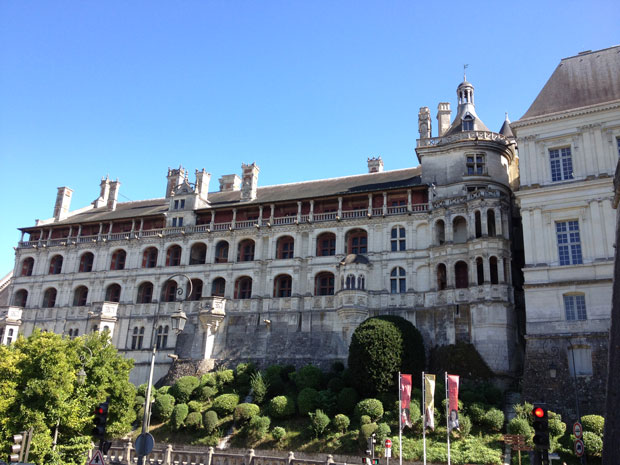
But yesterday afternoon I was still in Blois so I went into the city for some last-minute shopping. It was a glorious day. The beautiful weather is holding up, just as we are about to go, of course. My first stop was a little souvenir shop in the street next to the castle recommended to me by my friend Françoise, who tells everyone she found me in the street – which is quite true, as you may remember from an earlier post. The woman behind the counter and another woman who seemed to be overseeing the shop in some way kept up a constant banter. It always amazes me to see how sales assistants ignore you completely. At least it gave me time to decide what to buy …
My next stop was quite a different experience – a family-owned tapestry shop called Langlois just a few doors on. I wandered in and could see no one about but a very pleasant and helpful man soon arrived and gave me information about the tapestries. What I thought to be a very modern collection of cushion covers is actually based on details from the beautiful mediaeval Apocalypse tapistry in Angers. Another series are long Art Deco panels, selling for about 500 euros. Some beautiful traditional panels go for around 1000 euros. There are also carpet bags, purses, jewellery and ornamental items of various shapes and sizes. I could have bought a lot of things in that shop had money not been a consideration!
My last visit was to « Les Forges du Château », a lunch/tea room/cellar/local speciality shop where my gîte guests, Sandy and Will, had had a very positive lunch experience the day before. Newly opened in June, it has a a small outside eating area and an upstairs area that ressembles a private living room and looks out onto the castle opposite, a shop with many original items and produce, a cellar in two parts – one that stocks local wines (free tasting on request) and a wonderful 15th century cellar downstairs with vintage bottles behind iron grids.
The restaurant/tea room, which is open until about 8 pm, offers an interesting selection of sandwiches, salads and hot dishes, at prices ranging from 5 to 15 euros, with desserts to follow. I will definitely be trying it out when we go back to Blois in October.
| Langlois Tapestries, 1 rue de la Voûte du Château, 41000 BLOIS, + 33 (0)2 54 78 04 43, langlois-blois@waadoo.fr | |
|
Opening Times
Monday to Saturday 10am until noon & 2.30 pm until 6pm Sunday and public holidays – by appointment Les Forges du Château 21 Place du Chateau 41000 Blois |
|




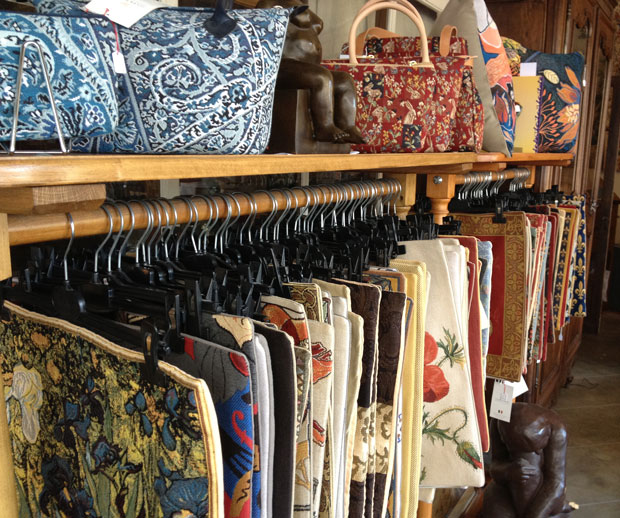
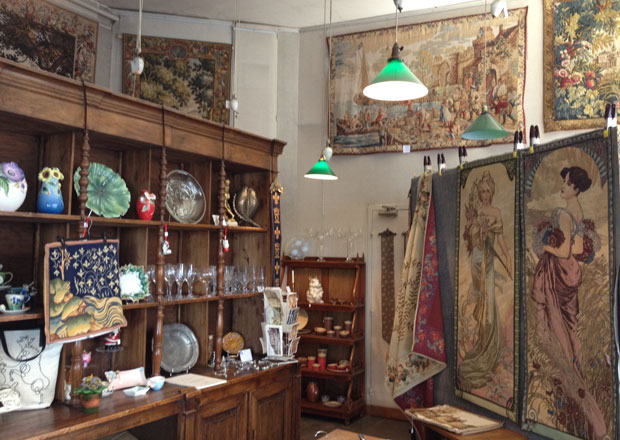
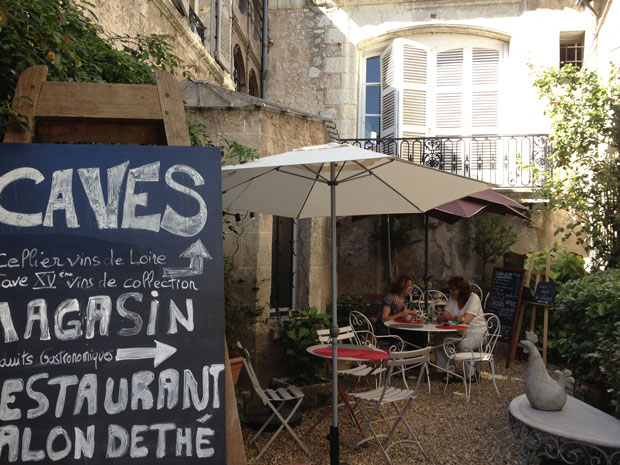
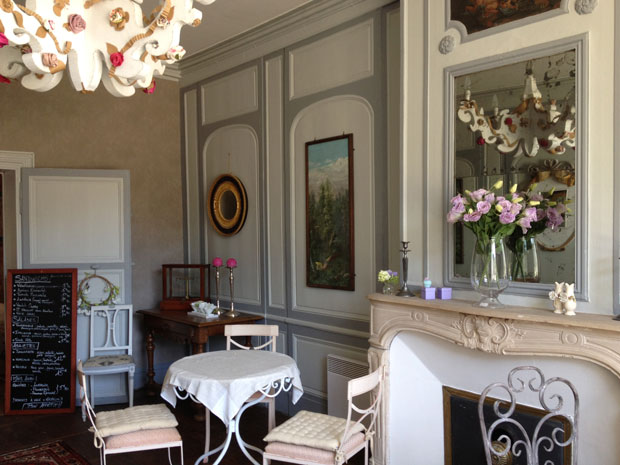
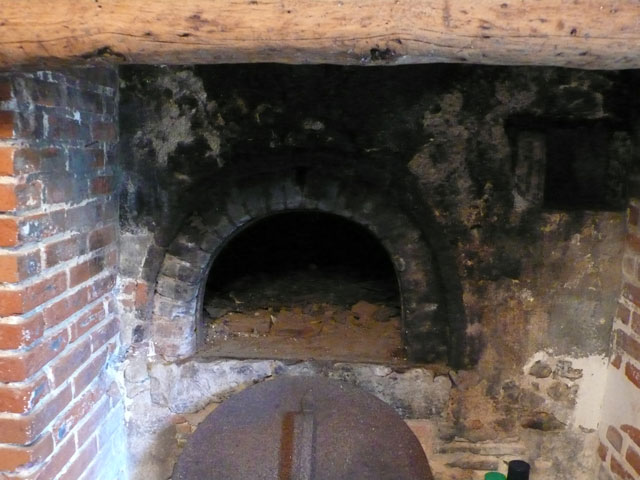
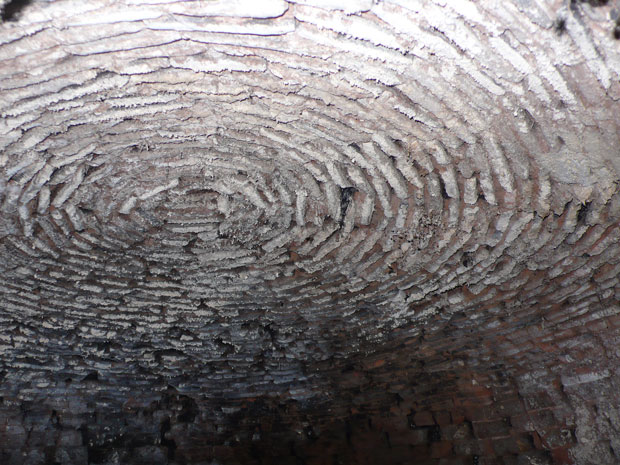
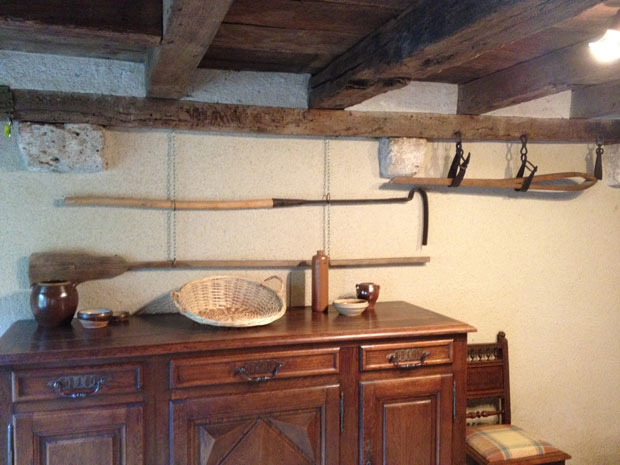
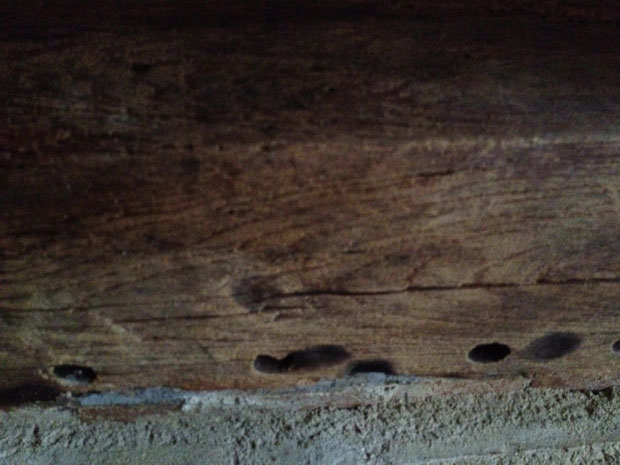
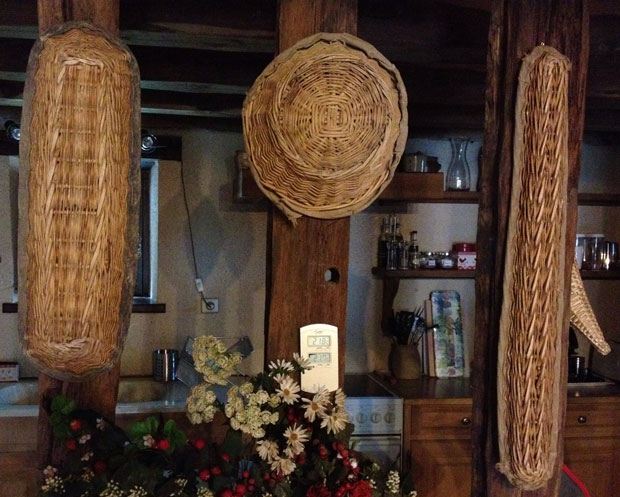
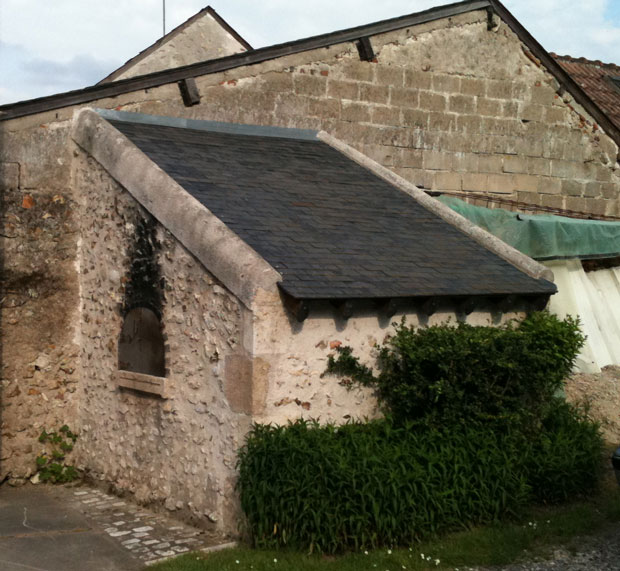
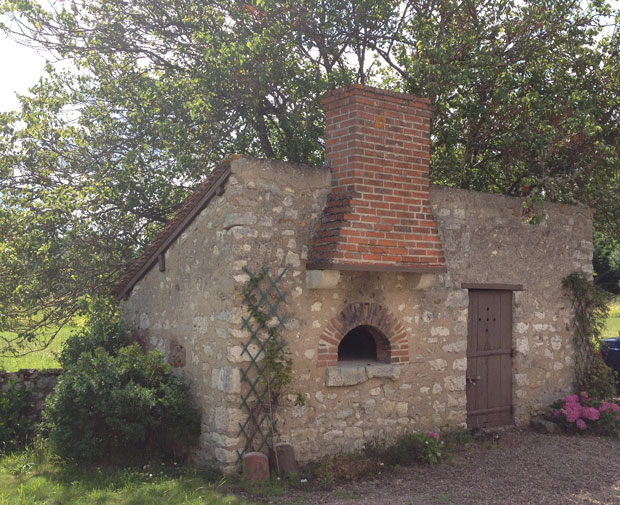

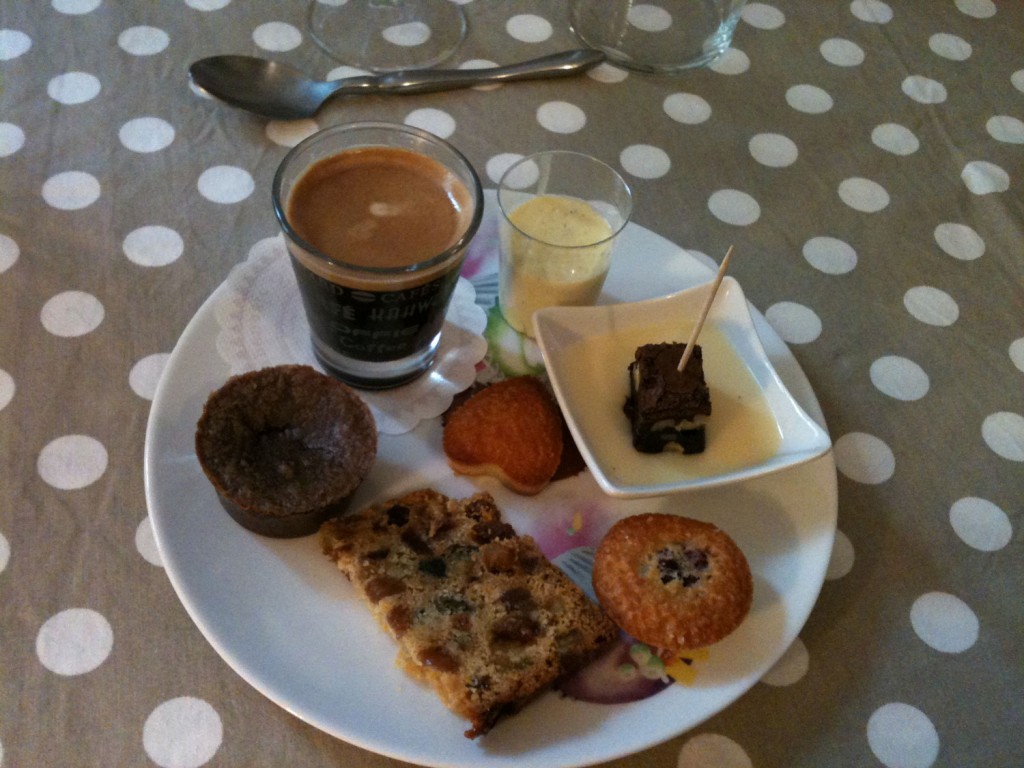
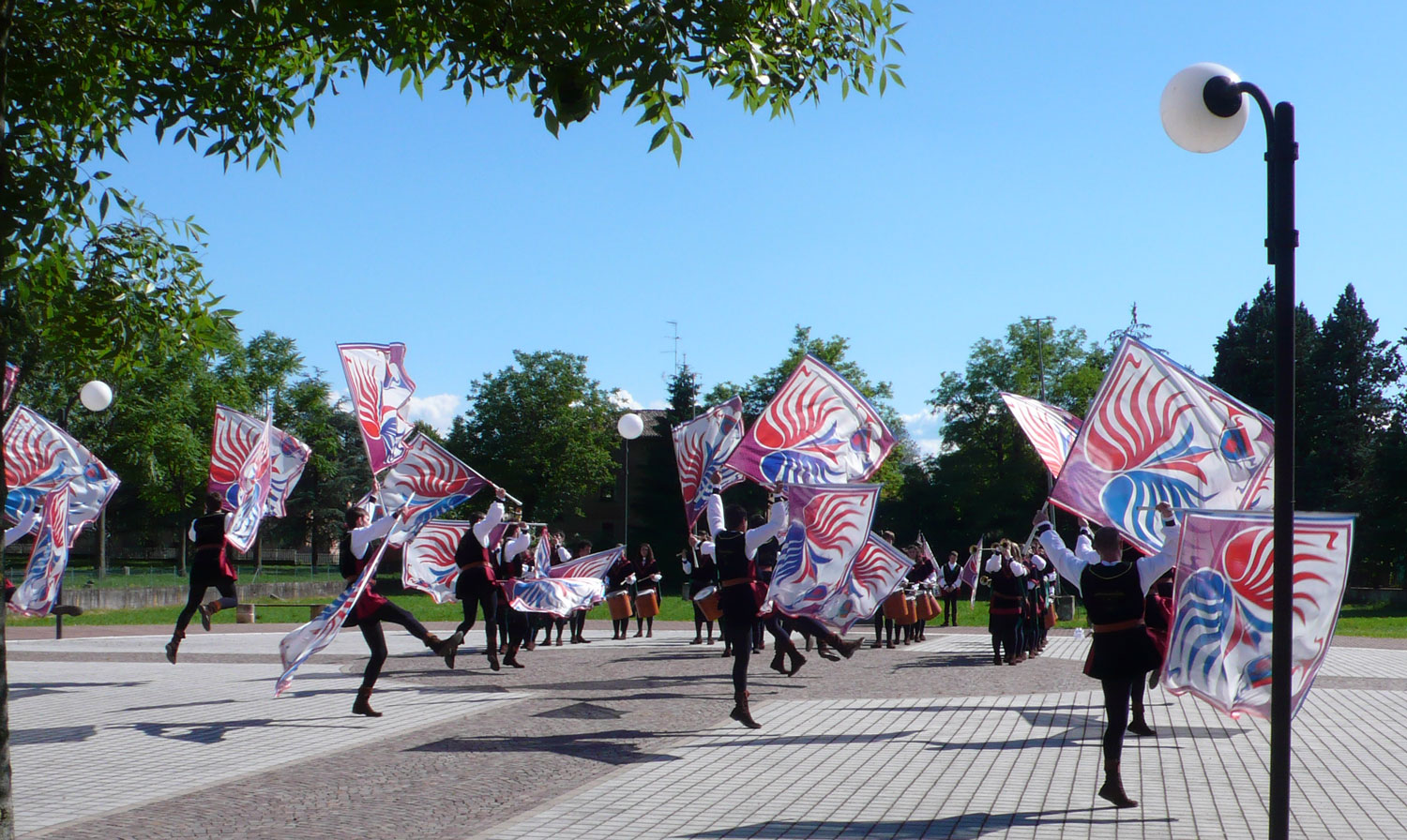
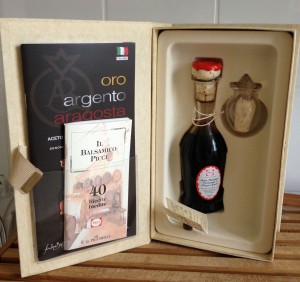
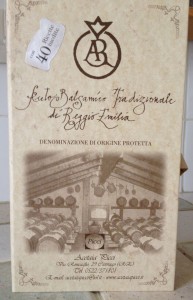
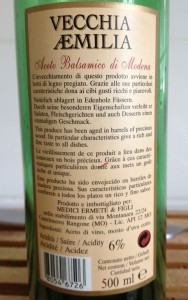
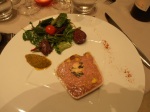
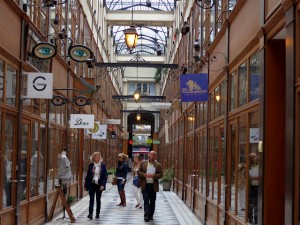
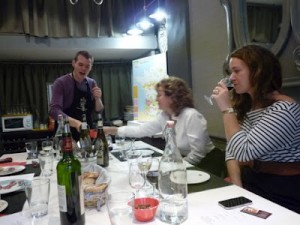
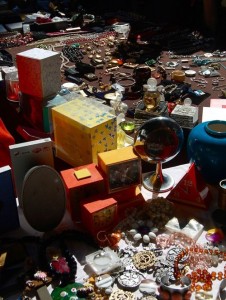



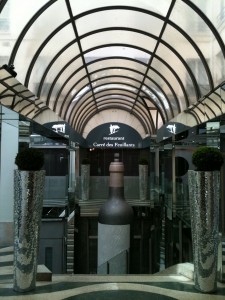

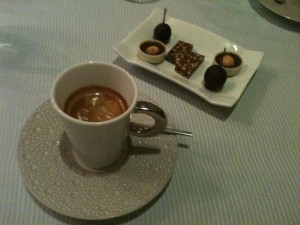
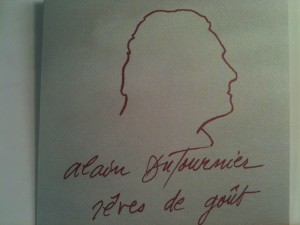
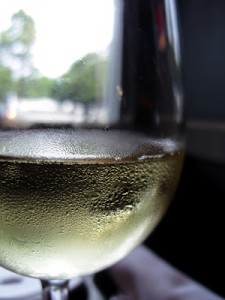
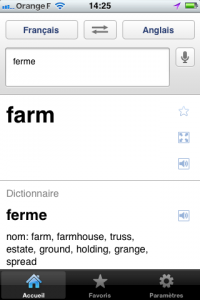
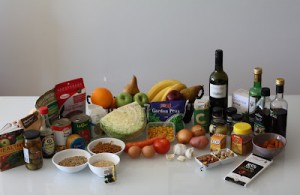

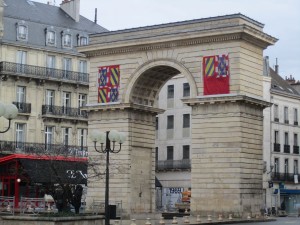
 When I lived and worked in Paris, coffee was the one thing that continually frustrated me. How could a country which is famous for its food and wine, serve such bad coffee? This is a question that has left me baffled on many occasions in what is otherwise my favourite country – Rachel Guernier investigates.
When I lived and worked in Paris, coffee was the one thing that continually frustrated me. How could a country which is famous for its food and wine, serve such bad coffee? This is a question that has left me baffled on many occasions in what is otherwise my favourite country – Rachel Guernier investigates.